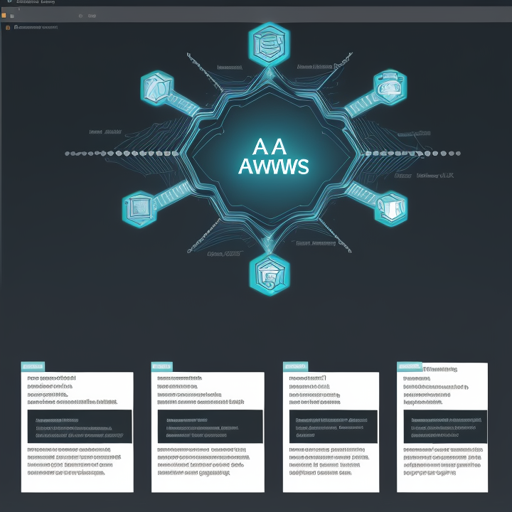In the world of artificial intelligence, pre-training a language model is akin to preparing a chef with an array of ingredients before they whip up a masterful dish. In this guide, we will explore how to pre-train a model using the Roberta architecture on a dataset comprising approximately 3000 blog articles from the AWS Blogs website.
Understanding the Pre-training Process
Pre-training is a critical step in language model development, as it allows the model to learn language representations from a large corpus of text. In our case, we gathered materials related to technical subjects, including AWS products, tools, and tutorials. This ensures our model is well-equipped to understand and generate relevant technical content.
The Components of Our Pre-training Setup
To demystify our setup, let’s discuss the components we will leverage in this process:
- Model Architecture: Roberta, designed for masked language modeling, forms the backbone of our pre-training.
- Tokenization: Using ByteLevelBPE tokenization strategy ensures that our model can process a wide variety of text inputs effectively.
- Training Configuration: We will implement a – the architecture features 6 layers, 768 hidden dimensions, 12 attention heads, and a total of 82 million parameters.
Training Details and Steps
Now, let’s walk through the training details and the steps involved:
- Training Steps: The model will undergo 28,000 training steps.
- Batch Size: We will process 64 sequences, each with a maximum length of 512 tokens per batch.
- Learning Rate: An initial learning rate of 5e-5 has been set.
- Performance Outcome: The model achieved a training loss of 3.6 on the masked language model task over 10 epochs.
Think of it Like Preparing a Meal
Imagine you are preparing a sumptuous feast. The raw materials (AWS blog articles) are similar to the ingredients you will use. The Roberta architecture is your sharp kitchen knife, allowing for delicate cutting and dicing of data. The ByteLevelBPE tokenization acts like a seasoning that enhances the overall flavor of your meal, ensuring that the model’s understanding of language is rich and nuanced.
During the 28,000 training steps, you’re essentially mixing and stirring these ingredients, with each batch of 64 sequences acting like a round of cooking, where flavors develop as the model trains on increasingly complex language patterns. By the end, achieving a training loss of 3.6 signifies that you’ve perfected your dish, making it a delightful feast for future applications.
Troubleshooting Tips
As you embark on this pre-training journey, you might encounter some bumps along the way. Here are a few troubleshooting ideas to keep in mind:
- If you experience a slow training process, consider adjusting your batch size or learning rate.
- Should the model show poor performance, reassessing your pre-training dataset for relevance may be helpful.
- For technical issues, ensure that you have a compatible environment and all required libraries installed.
For more insights, updates, or to collaborate on AI development projects, stay connected with fxis.ai.
Conclusion
At fxis.ai, we believe that such advancements are crucial for the future of AI, as they enable more comprehensive and effective solutions. Our team is continually exploring new methodologies to push the envelope in artificial intelligence, ensuring that our clients benefit from the latest technological innovations.

